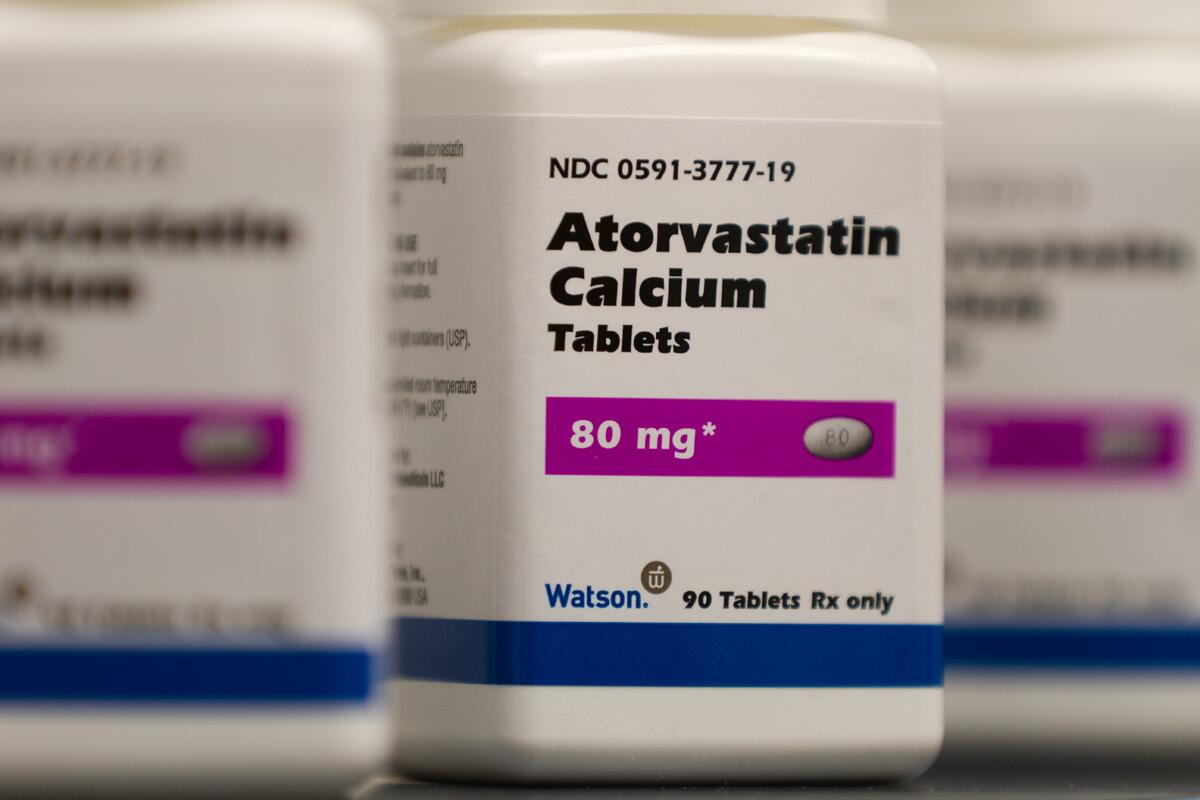Who gains from those drug discount deals? (Spoiler: Drug companies)

- Share via
The pharmaceutical industry has been bragging for nearly a decade now about its efforts to help cash-strapped patients pay for expensive prescription drugs.
“An important safety net,” the industry says, that has “already helped millions of Americans get free or reduced-cost prescription medicines.” It’s all about good works and helping the patients, Big Pharma says of these patient assistance programs.
“America’s pharmaceutical and biotech companies have been among the first in line to help struggling Americans,” goes a typical industry pitch. “That’s not government regulation at work; that’s our sense of duty.”
Well, no.
“Assistance programs are a triple boon for manufacturers,” writes David Howard of Emory University in the latest New England Journal of Medicine. “They increase demand, allow companies to charge higher prices, and provide public-relations benefits.”
Among those PR benefits, he might have specified, is that these programs blunt efforts in Congress to rein in prescription prices by other means--those that might actually bite into pharmaceutical profits.
The assistance programs typically cover or put a cap on patients’ co-pays for prescribed drugs. Howard observes that these programs are especially useful for companies that market costly drugs, such as cancer drugs or those for rare conditions--so-called orphan drugs--that may cost $50,000 or more for a year of treatment. You may have seen references to these discount programs flitting by at the end of direct-to-consumer TV commercials for prescription drugs.
High costs often discourage doctors from prescribing those drugs for patients, and discourage patients from following through on their doctors’ recommendations. “Patient-assistance programs can convert such patients from nonusers to users,” Howard writes. And while the discounts deals do impose costs on the companies, they get higher sales in return: “Manufacturers can afford to cover a lot of $25 or $50 co-payments in return for even a small increase in the sales of a $50,000 drug.”
No kidding. Notwithstanding these discount programs, the pharmaceutical industry’s profits are enviable. Pfizer last year turned $22 billion in profit on $51.6 billion in revenue; Johnson & Johnson’s profit was $13.8 billion on $71.3 billion in revenue; and Merck’s profit was $4.5 billion on $44 billion in revenue.
Patient assistance programs have drawn the scorn of healthcare experts and government monitors for several reasons. One is that they undermine such efforts to control prescription costs as steering patients toward generics or discouraging the use of costly new drugs that don’t work any better than cheaper old drugs.
Insurers and government health programs use “formularies” to control drug costs--charging higher co-pays for brand-name drugs or costly new versions--but industry programs that cover those higher shared costs defeat their purpose.
Federal healthcare regulators have warned that drug company assistance programs that steer Medicare or Medicaid patients to their products by covering co-pays may run afoul of anti-kickback laws.
The federal government has ruled, however, that the anti-kickback laws don’t apply to individual insurance policies purchased via federal and state exchanges, so the problem still exists--in fact it may be exacerbated--for new policies under the Affordable Care Act. When a drug manufacturer covers the patient’s co-pay on a high-priced drug, the insurer will still get the bill for the balance.
Once patients become acclimated to a given drug, doctors find it hard to shift them to another, even if the clinical data show the cheaper product is just as effective.
Patient assistance programs are another device employed by Big Pharma to blunt public discontent with its profits and pricing. The industry claims it needs high prices to cover its research and development costs (although, as I reported a few years ago, its R&D cost figures can’t be trusted). It says it needs healthy returns on its brand-name drugs because its profits are under attack by generics firms (although some firms customarily pay generics makers to delay placing their products on the market).
Public outrage over these machinations is muted by industry discount programs that counterbalance news stories about poor patients who can’t afford their cancer meds. Don’t be misled. Big Pharma isn’t acting out of “duty” to struggling Americans; it’s giving up a little money on the front end to preserve its even greater profits on the back end.
Keep up to date with The Economy Hub by following @hiltzikm.
More to Read
Inside the business of entertainment
The Wide Shot brings you news, analysis and insights on everything from streaming wars to production — and what it all means for the future.
You may occasionally receive promotional content from the Los Angeles Times.











